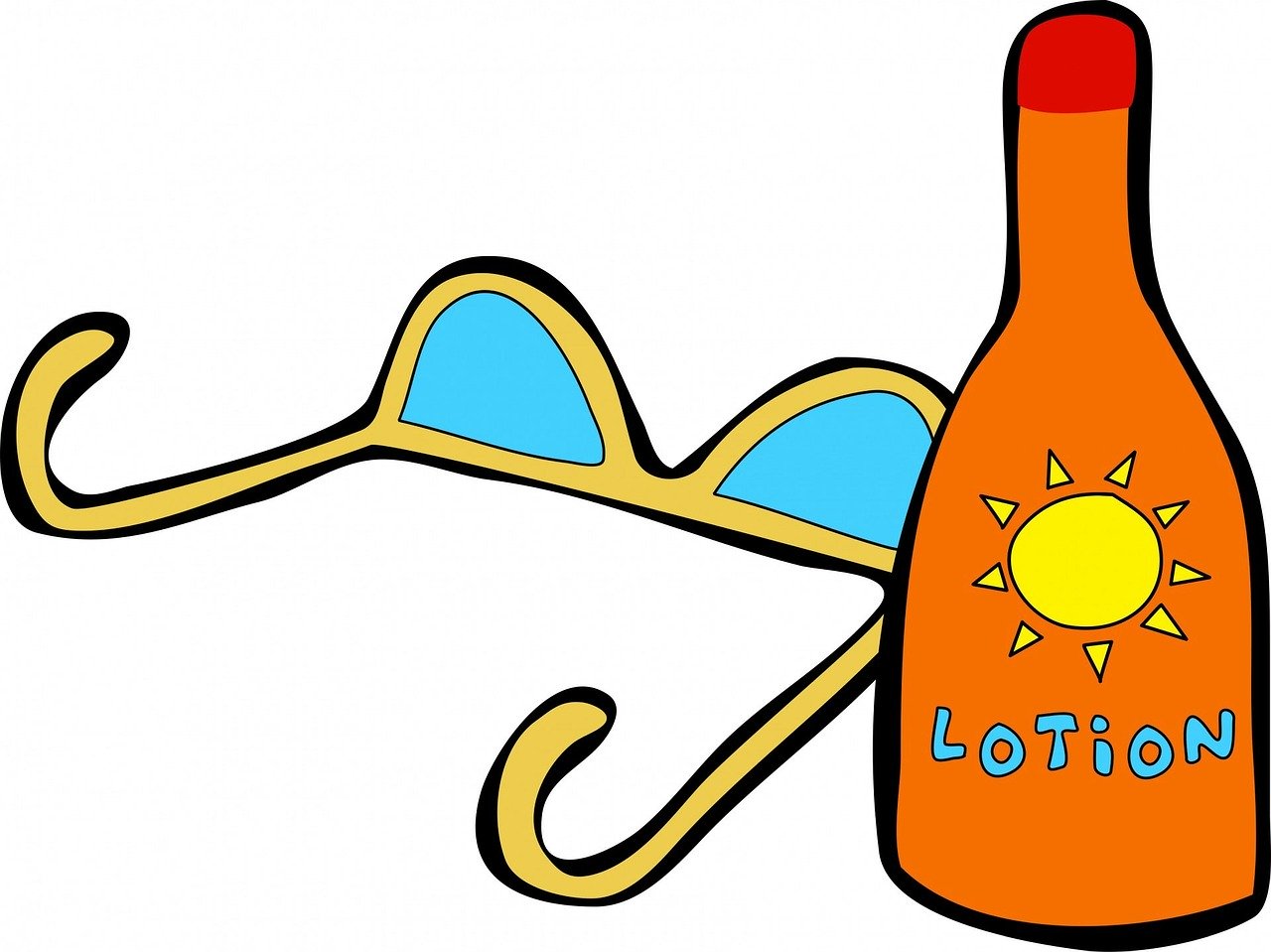In January 2020 researchers from the USA published the results of their study to assess the rate of absorption of six active ingredients (avobenzone, oxybenzone, octocrylene, homosalate, octisalate, and octinoxate) found in sunscreen products. A total of 48 healthy individuals (24 men, 24 women, average age 38 years; 23 white, 23 African American, 1 Asian and 1 of unknown race/ethnicity) were involved in the study. The individuals were divided into four groups, with each group receiving one of four sunscreen products which were in the form of a lotion, aerosol spray, non-aerosol spray and pump spray. The sunscreen product was applied at 2 mg/cm2 to 75% of body surface area once on day 1 and 4 times on days 2-4 at 2-hourly intervals. Over a period of 21 days, 34 blood samples were collected from each individual. Results of blood tests showed that the levels of all six active ingredients were greater than 0.5 ng/mL with this level being surpassed on day one which was after a single application of the sunscreen. For avobenzone, the maximum blood levels attained were 7.1 ng/mL for lotion, 3.5 ng/mL for aerosol spray, 3.5 ng/mL for the non-aerosol spray, and 3.3 ng/mL for the pump spray. For oxybenzone, the levels were 258.1 ng/mL for lotion and 180.1 ng/mL for the aerosol spray. For octocrylene, the levels were 7.8 ng/mL for lotion, 6.6 ng/mL for the aerosol spray, and 6.6 ng/mL for the non-aerosol spray. For homosalate, the levels were 23.1 ng/mL for the aerosol spray, 17.9 ng/mL for the non-aerosol spray, and 13.9 ng/mL for the pump spray. For octisalate, the levels were 5.1 ng/mL for the aerosol spray, 5.8 ng/mL for the non-aerosol spray, and 4.6 ng/mL for the pump spray. For octinoxate, the levels were 7.9 ng/mL for the non-aerosol spray and 5.2 ng/mL for the pump spray. It was noted that 14 individuals developed a rash from using the sunscreens. The researchers concluded that all six tested sunscreen ingredients were absorbed into the body and produced levels in the blood which exceeded the FDA threshold when additional safety studies for sunscreens could potentially be waived. However, the researchers emphasised that these findings do not indicate that individuals should stop using sunscreens.
Matta MK et al. Effect of Sunscreen Application on Plasma Concentration of Sunscreen Active Ingredients: A Randomized Clinical Trial. JAMA. 2020 Jan 21;323(3):256-267.

